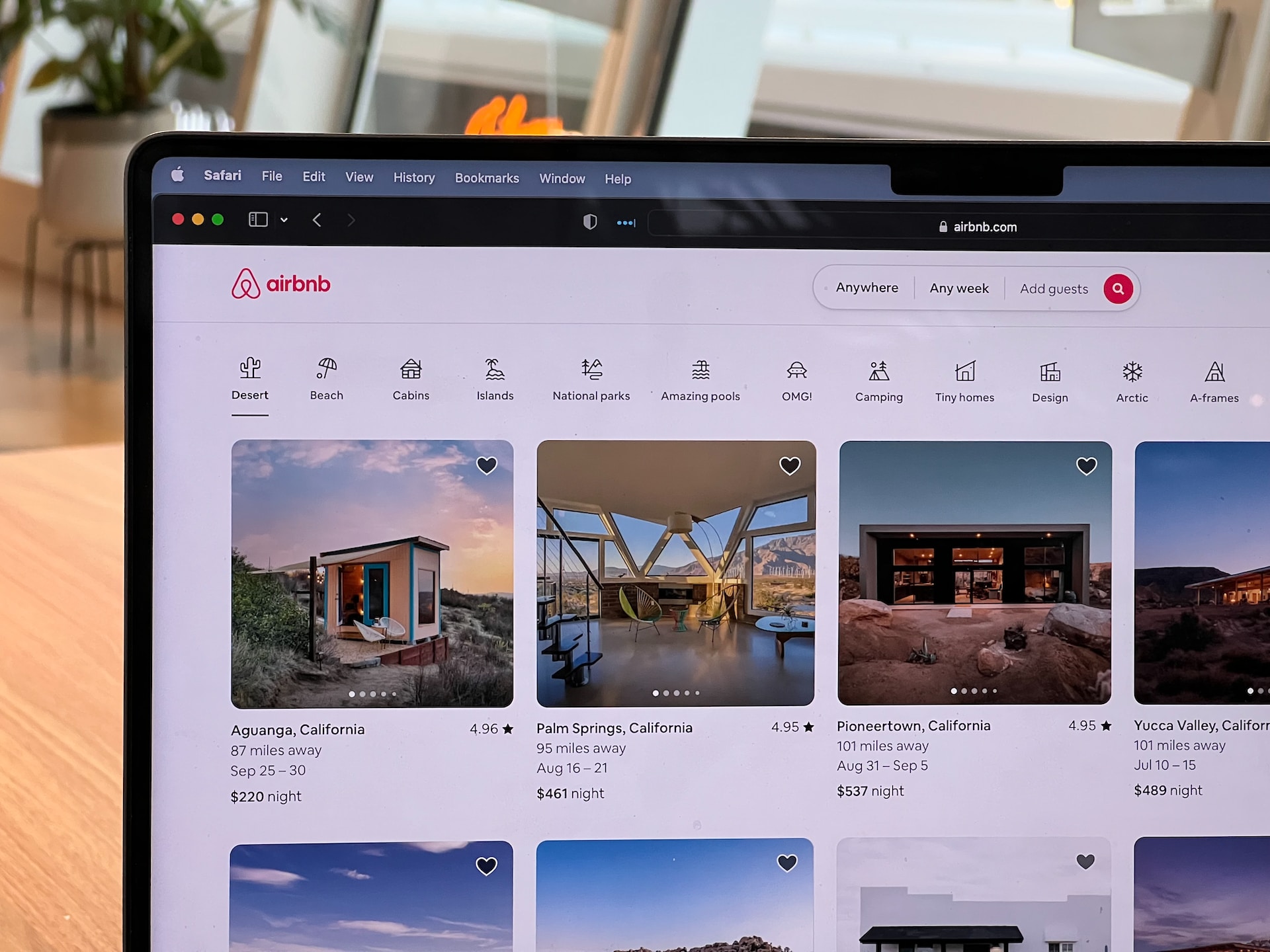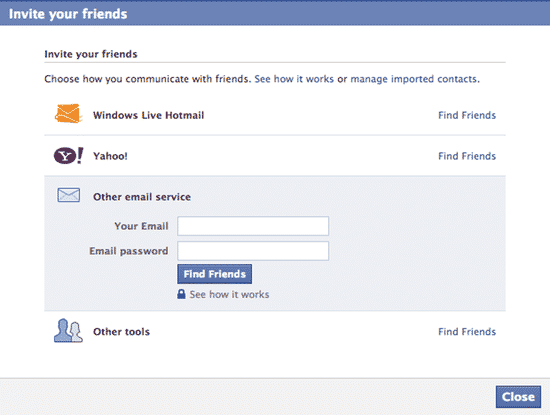Growth Hacking: A Complete Overview
History
In the ever-evolving world of business, Growth Hacking has emerged as a buzzword, a secret sauce for businesses yearning for accelerated growth.
Originally, the concept was embraced by startups and small enterprises with limited budgets and an urgent need to scale quickly and efficiently. However, its success stories and potent results did not go unnoticed. Let’s go ahead and demystify this concept together.
Sean Ellis and Growth Hackers
Growth Hacking is a term created in 2010 by Sean Ellis, the founder of Growth Hackers. “Growth Hacking” is a marketing strategy that primarily focuses on employing “non traditional” cost-effective strategies or “hacks” to increase a companies traffic, and conversions. It is a unique field that uses data-driven, experiment-based processes to explore new growth opportunities at every stage of the customer journey.
One of the hallmarks of Growth Hacking is its focus on rapid experimentation across marketing channels and product development paths. Unlike traditional marketing strategies that often rely on big-budget campaigns, Growth Hackers seek to find cost-effective, creative, and often unconventional methods to spur growth. They might leverage social media, SEO, email marketing, and various analytical tools to test hypotheses and scale success rapidly.
An solid example of successful Growth Hacking is Airbnb’s integration with Craigslist. By enabling Airbnb hosts to post their listings on Craigslist with ease, Airbnb tapped into a larger audience base without significant advertising spend. This ingenious hack amplified their reach and significantly boosted their user base, showcasing the power of strategic, low-cost marketing innovations in driving exponential growth.

The Future & New Frontiers of Growth Hacking
Blockchain and AI’s Potential in Growth Hacking
The disruptive potential of blockchain for startups is akin to a digital renegade riding into town and challenging the status quo. Combine this with the predictive prowess of AI, and the stage is set for a new wave of growth hacking phenoms, singular in their effectiveness and stratagem.

The Intersection of Growth Hacking and UX
In the digital age, the line between product and service is increasingly blurred. User experience is now the battleground for growth hackers, who dissect every micro-interaction for potentiation.
Examples of Successful Growth Hacking:
Farmville by Zynga
Zynga, the company behind popular games like FarmVille and Words with Friends, integrated social sharing seamlessly into its games. Players were incentivized to share their in-game achievements and invites with friends on social media platforms like Facebook. This led to massive organic growth as players recruited their friends to join them in playing Zynga’s games.

Uber’s Passenger and Drive Incentives
Uber employed a double-sided incentive strategy to rapidly expand its user base. They offered referral bonuses not only to new riders but also to existing users who referred them. Additionally, they provided incentives like discounts and free rides to both riders and drivers, encouraging retention and continued usage of the platform.

Hotmail’s Email Signature
Hotmail famously added a simple tagline at the end of every outgoing email encouraging recipients to sign up for a free Hotmail account. This viral loop spread rapidly as more users signed up for Hotmail, inadvertently promoting the service to their contacts. This strategy played a crucial role in Hotmail’s rapid growth in the late 1990s.

Every email sent from a Hotmail account automatically included a simple signature at the end: “PS: I Love You. Get Your Free Email at Hotmail.” This signature was added to both personal and professional emails, ensuring maximum visibility. The signature acted as a call to action, encouraging recipients to consider using Hotmail for their email needs. The phrase “Get Your Free Email at Hotmail” served as an invitation for recipients to sign up for their own Hotmail account.
Low Cost, High Impact: The beauty of this strategy was its simplicity and low cost. Hotmail didn’t need to invest heavily in traditional marketing channels; instead, they relied on the power of word-of-mouth marketing facilitated by email.

Dropbox’s Referral Program
Dropbox implemented a highly effective referral program that significantly boosted its user base. By rewarding both the referrer and the referee with additional free storage space, Dropbox capitalized on word-of-mouth marketing. This strategy not only encouraged existing users to spread the word about Dropbox but also provided a tangible benefit that incentivized new users to sign up through referrals. The simplicity and mutual benefits of this program exemplified a quintessential growth hack, demonstrating how leveraging existing users’ networks can lead to exponential growth with minimal advertising expenditure.
Instagram Bots
One notable growth hacking strategy that gained significant traction in the realm of social media marketing is the utilization of Instagram bots. These bots, or automated software programs, are designed to perform various actions on Instagram, such as liking posts, following users, and leaving comments, all on behalf of an account.

Initially, many individuals and businesses turned to Instagram bots as a means to quickly increase their follower count and engagement metrics. By deploying these bots, users could automate interactions with other accounts, potentially leading to reciprocal follows and engagement.
Despite its initial popularity, the use of Instagram bots has been met with mixed reactions from the platform and its users. While some saw considerable short-term gains in terms of follower numbers and visibility, others faced negative consequences such as account suspensions or shadowbanning due to violations of Instagram’s terms of service.
Facebook’s Address Book Importer
In the early days, Facebook encouraged users to import their email contacts into the platform during the sign up process. This allowed users to easily connect with friends who were already on Facebook and send invitations to those who weren’t. This strategy facilitated rapid user acquisition and network growth, laying the foundation for Facebook’s dominance in social networking. 💡 TikTok is implementing a modern day version of this strategy currently, encouraging users to sync their phones contact list with the app.

LinkedIn Bots as a Growth Hacking Tool
In the landscape of growth hacking, automation plays a pivotal role in scaling efforts efficiently. LinkedIn bots are a shining example of automation used for growth hacking, streamlining processes that traditionally would require hours of manual labor. These bots automate tasks such as sending connection requests, messaging, and endorsing skills, thereby significantly increasing a user’s network and engagement without a proportional increase in effort.
Growth Hacking in Conclusion
In wrapping up our exploration of growth hacking, it’s clear that this realm is not just about clever tactics or shortcuts; it’s about a mindset focused on business growth through innovation, efficiency, and cost effectiveness.
From Zynga’s social integrations that leveraged existing networks for viral expansion, to Dropbox’s brilliantly simple referral program that turned every user into an advocate, these examples embody the essence of growth hacking. Even as platforms evolve and new challenges emerge, the underlying principles of growth hacking remain relevant. Leveraging creativity, technological opportunities, and a keen understanding of user behavior continues to drive unprecedented growth. It’s this blend of ingenuity and pragmatism that will keep shaping the future of how businesses expand their reach. Whether you’re a startup on a shoestring budget or a well-established entity looking to innovate, the ethos of growth hacking offers invaluable insights. The key lies not in mimicking these successes verbatim but in understanding the strategic thinking behind them—always seeking the most effective, scalable ways to grow.
